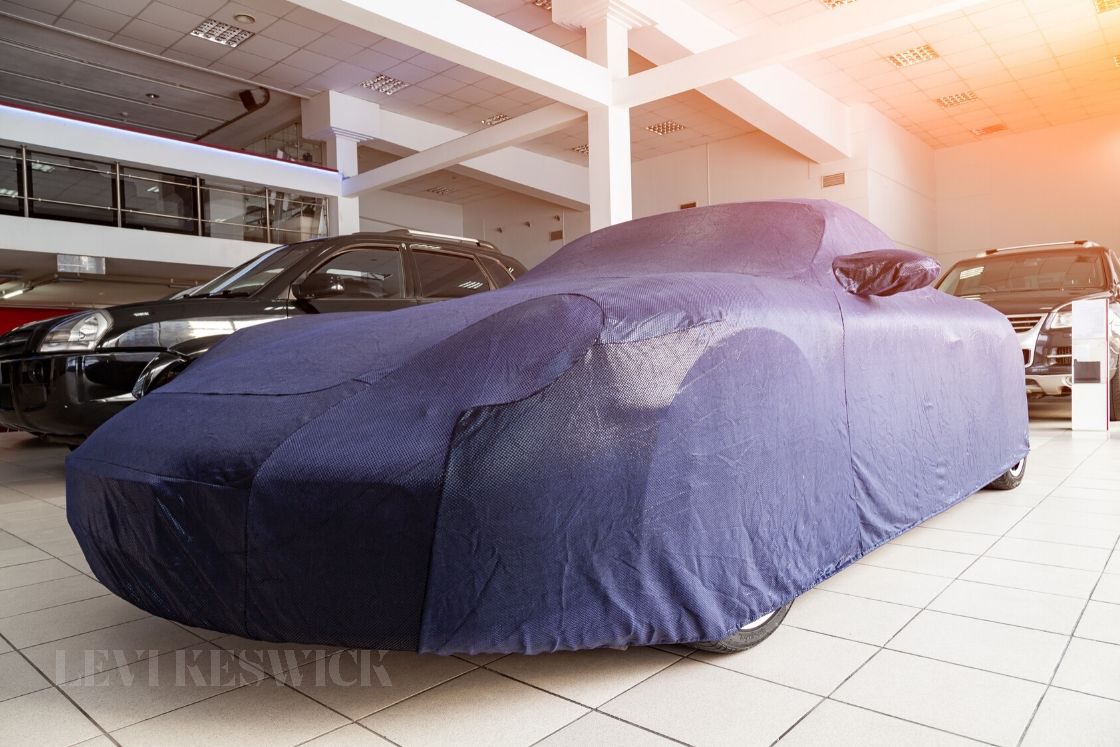Some cars aren’t able to withstand the winter, and some might be too precious to take out except on special occasions. Maybe you’re a car collector who must uphold the condition of the rare and/or restored vehicles you gained or maybe you’re someone who needs to travel for long periods because of work. Whatever your reasoning for stowing away an automobile, you want it to emerge from storage looking and working as good as it did the day you left it. Heed these pointers on how to prepare your car for long-term storage to protect it well.
Do Some Maintenance
Perform routine upkeep now so that problems don’t fester unnoticed while your car sits inside. Fill up the gas to avoid moisture buildup inside the tank that could enter the engine and harm it. Put a fuel stabilizer solution in the tank so that the gas doesn’t evaporate or break down and leave residue inside the engine. In addition, change the oil so that the car’s parts are kept well lubricated and undamaged.
Find a Storage Space
Decide on how you want to store the car well in advance before the need arises. You’ll avoid making poor choices that are brought upon by a rush to find a space for it later. Aim to keep the car under cover, whether the shelter is your own or rented. It should be dry and preferably climate-controlled to prevent rusting. You might have room in your garage, but with several vehicles, this may not be enough. Contemplate expanding your space with a car lift system or garage revamping. Researching and selecting trustworthy storage facilities with automobile handling experience is another course of action you can take.
Stop Flat Spot Formation
A major consideration for how to prepare your car for long-term storage is the chance of flat spots forming. Flat spots appear on the bottoms of tires where they make contact with the ground when the vehicle has remained stationary for a long time. The associated warping of the tires can result in cracks and make driving the car a less-than-stable affair. To stop flat spots from setting in, release some air from the tires so that they have lower air pressure than the amount recommended by the manufacturer. This will alleviate some of the burden they must deal with. Otherwise, you can remove the tires and put the car on jack stands to completely take out the possibility of flat spots.








